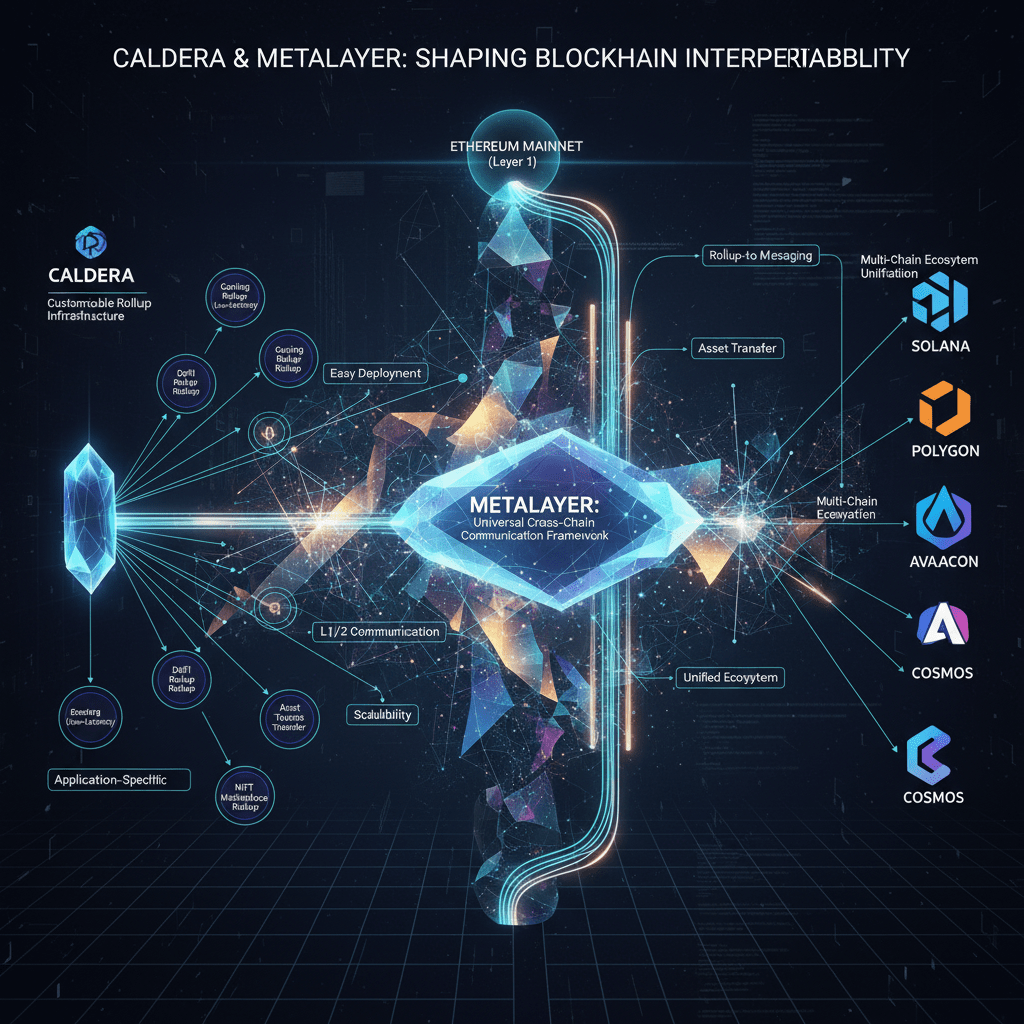Do you remember how we felt when we first entered the crypto world? Back then, everything was simple and pure. Bitcoin was a gateway to a new world, giving us a glimpse of the future of decentralized finance. Then came Ethereum with smart contracts, as if overnight countless wild ideas found fertile ground to take root and sprout. We excitedly discussed DAOs, DeFi, NFTs, feeling like we were standing at the forefront of a technological revolution.

However, when the tide truly came in, we realized that this giant ship named 'Ethereum' could not bear such immense enthusiasm. The network began to congest, gas fees skyrocketed, and the cost of a small on-chain interaction even exceeded the value of the transaction itself. We early participants felt like we were stuck on a highway to the future, seeing the destination yet unable to move an inch.
Thus, the Layer2 scaling solutions have emerged as a lifeline for everyone. Arbitrum, Optimism, zkSync... their advent has indeed solved the pressing issues, making transactions incredibly fast and significantly reducing costs. We cheered, believing the problems had been resolved. But soon, a new dilemma presented itself: these Layer2 networks, like towering skyscrapers rising up, are internally glamorous but lack connecting bridges between each other.
This has led to a fragmentation of liquidity. My assets are on Arbitrum, my friend's assets are on Optimism, and if we want to interact, we must go through cumbersome and risky cross-chain bridges. For developers, this is a nightmare. The applications they painstakingly develop can only serve users on a specific 'island,' and to reach a broader market, they must redeploy on different chains, expending tremendous effort, time, and costs.
This fragmented state seriously hinders the further development of the Web3 ecosystem. What we need is not more isolated 'city-states' but a 'continent' that can connect freely.
At the moment when the industry was collectively confused, I started to pay attention to a project that took a different approach. It did not claim to become the next killer public chain but chose to be the 'road builder,' the one who builds bridges and transportation hubs for all islands.
Initially, I was attracted by the concept of 'Rollup as a Service' (RaaS). Simply put, it is like 'cloud services' in the blockchain field, allowing developers to easily and quickly customize and deploy a Rollup chain specifically for their applications, just like creating a server in the cloud. This means that whether it’s a game that requires high TPS or a social application with specific privacy needs, they can have a custom-built, top-performing 'private road' without enduring congestion on public roads.
This is already cool enough, but it's just the first step of its grand blueprint. What really moves me is its core 'Metalayer' design. If each Rollup chain is an independent road, then the Metalayer is the 'super interchange' connecting all these roads. It inherently possesses interoperability, allowing assets and information to flow freely and cost-effectively between all Rollups built on its technology.
This completely changed the game. Developers no longer need to struggle over 'which chain to build on,' and users no longer need to worry about 'where their assets are.' A unified, shared liquidity ecosystem is forming. Imagine being able to mine in a blockchain game, with the assets instantly appearing on a decentralized exchange on another chain for trading, all in a smooth process, just like operating within the same app. This is what Web3 should look like.
Some visionary projects have begun to leverage this infrastructure to build their future. From well-known blue-chip NFT communities to emerging gaming platforms, they are using this solution to provide a better experience for their users. This is no longer a concept that exists only in white papers, but a reality that is happening.
A great technological vision requires a powerful value carrier to drive it. In this interconnected Rollup network, the $ERA token plays a crucial role. It serves not only as the fuel for the entire network's operation but also as the cornerstone of security and governance, tightly binding the interests of all ecosystem participants.
If you, like me, are tired of the exhausting back-and-forth between various islands and are yearning for a truly interconnected Web3 world, then I suggest you take some time to delve into how @Caldera Official and $ERA are turning this exciting future into reality, step by step.




